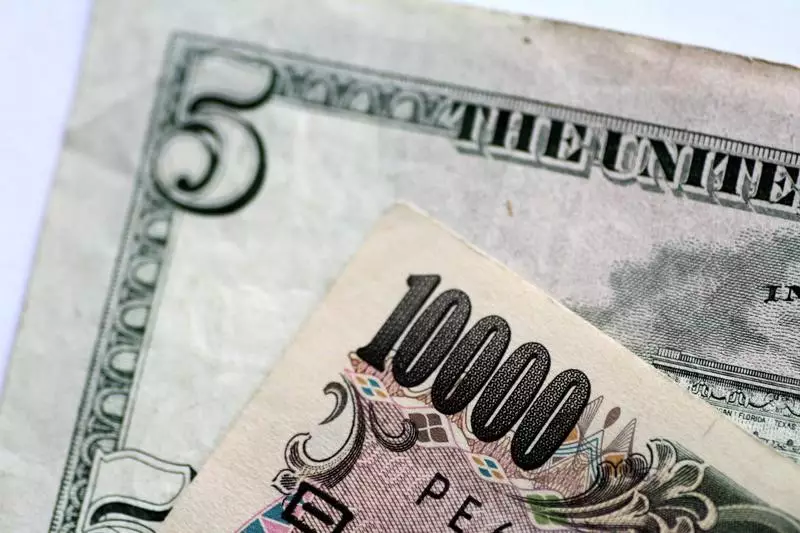On a recent Friday, Asian currencies exhibited a slight depreciation as the U.S. dollar maintained much of its weekly gains, driven primarily by expectations surrounding the Federal Reserve’s interest rate strategy. Market sentiment was significantly impacted by the anticipation of a slow pace regarding future interest rate cuts, contributing to a more robust dollar. The Japanese yen, despite its historical reputation as a safe-haven asset, was one of the most affected currencies, stabilizing near a three-month low in light of a crucial general election set to take place.
As Japan braces itself for a tightly contested general election, the political landscape remains precarious. Recent local polls indicate that the ruling Liberal Democratic Party (LDP) may struggle to secure a majority, prompting concerns regarding Prime Minister Shigeru Ishiba’s ability to implement vital economic reforms. This uncertainty casts doubts on future monetary policies from the Bank of Japan (BOJ), particularly as data reflecting consumer inflation from Tokyo shows indicators of easing, though it still falls short of the BOJ’s target of 2%.
With the USDJPY pair hovering near 152 yen, the yen’s performance has been under scrutiny, with a 1.6% gain over the past week—marking its fourth consecutive week in the green. However, despite this short-term uptick, the underlying fluctuations in the currency underscore broader anxieties regarding political stability and economic sustainability within Japan. Furthermore, government officials have signaled potential interventions in the currency market, a move that could stem from the yen’s recent weaknesses but also add layers of complexity to investors’ confidence.
As the dollar index and its futures display resilience, the broader Asian market reflects signs of weakness among regional currencies. Factors contributing to this downward trend encompass not only expectations of fewer interest rate cuts in the U.S. but also the implications of Donald Trump’s potential return to power in 2024. Polls placing Trump ahead of Democratic nominee Kamala Harris paint a picture of heightened inflation risks, which could further influence the Federal Reserve’s monetary policy.
This overarching influence from U.S. monetary policy reverberates throughout Asian markets, where most currencies are positioned for weekly declines. The Chinese yuan, for instance, recorded a minor increase of 0.1% against the dollar, while the possibility of a delayed meeting of China’s National People’s Congress has cast a shadow of uncertainty over the yuan’s trajectory.
In addition to the yuan’s slight improvement, the performance of other Asian currencies varied distinctly. The Australian dollar experienced a decline of 0.3%, while the South Korean won notably surged by 0.7%. Notably, this type of volatility amongst regional currencies often stems from unique economic indicators and political developments specific to each country. The Singapore dollar exhibited resilience, with a 0.2% rise against the dollar, while the Indian rupee remains stable, hovering close to record highs.
As the dust settles post-election, it’s crucial to observe how these currencies respond to shifting policies, both domestically and within the context of U.S. economic orientations. The evolving political and economic landscapes will likely influence currency valuations in the coming weeks, requiring investors to stay vigilant.
The next steps for currency traders and investors involve careful monitoring of both U.S. economic signals and key developments within Asian markets. The ongoing uncertainty surrounding Japan’s political framework, along with inflationary pressures elsewhere, raises crucial questions about future monetary policies and their implications for exchange rates.
As such, the landscape for Asian currencies remains dynamic. Stakeholders must weigh potential risks against emerging opportunities, taking into account global economic trends that impact local markets. Fostering a nuanced understanding of these factors will be essential for navigating the complexities of currency investment in this economically interconnected world.

